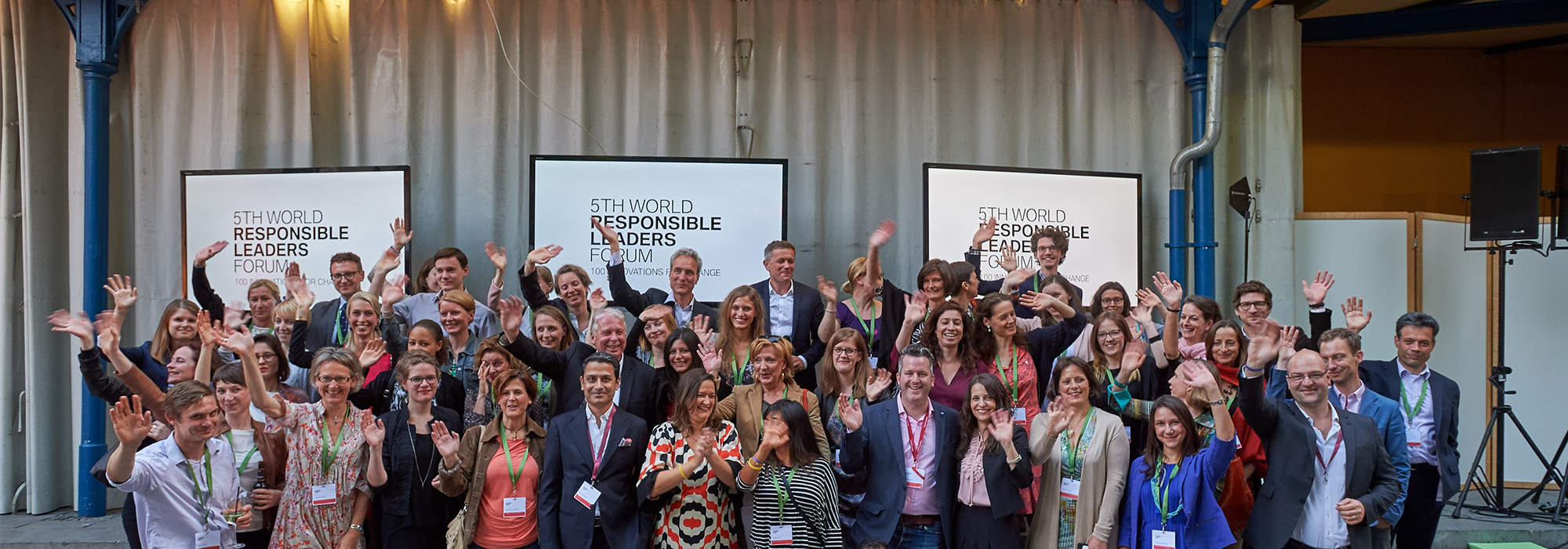
There is nothing like a little distance from Canada to offer a fresh perspective on what is going on back home. While #elbowgate and #prayforsophie were trending, I was one of a dozen Canadians participating in the BMW Foundation Herbert Quandt’s 5th World Responsible Leaders Forum in Munich.
It was not surprising that top of mind amongst the public sector, corporate, and civil society participants gathered at the Forum was the topic of innovation. What was surprising is that unlike in Canada, the discussion about innovation didn’t revolve around the individual entrepreneur as economic saviour. Instead, the question was boldly asked, should we beware of the “heropreneur” archetype?
Recently, Startup Canada brought a group of entrepreneurs to Ottawa to discuss the role of entrepreneurship in contributing to the Canadian economy and shaping the Liberal government’s Innovation Agenda. Among the experts assembled was Barack Obama’s entrepreneurship guru Jonathan Ortmans, who made a compelling case for why entrepreneurship is key to economic growth. He spoke of how the majority of new jobs are created by companies that are less than five years old, arguing that it no longer makes sense to divide companies into small businesses and large companies. Rather, he said, we should be viewing our economic landscape and policy, in terms of “new” businesses and “old” businesses. Economic growth, he argued, relies on encouraging the creation of new businesses.
As the Liberal Government begins formulating what the magic sauce of its Innovation Agenda, entrepreneurs and startups will no doubt play a key role. But what does that mean for the rest of us? Do those of us who work in big companies or institutions have no role to play in creating a more innovative Canada? Is assuming that entrepreneurs and startups are a panacea to our innovation problem something we should be wary of?
Just as Victoria Lennox, founder and CEO of Startup Canada, and Tonya Surman, founder and CEO of the Centre for Social Innovation recently warned us, if our innovation agenda is based solely on the assumption that the tech sector will save us, we are doomed. They argue that we must view innovation as integrating all sectors including the social sector. In order to “get to a place where “innovation” is thought of as a core Canadian value,” as Minister of Innovation Navdeep Bains put it recently, I would argue we need take it a step further. Ensuring diversity in terms of who is innovating will be just as important as ensuring a diversity of sectors is included when for an effective innovation strategy.
At the recent National Youth and Innovation Summit in Toronto, during the Q&A after Minister Bains gave his presentation, a young women in the audience asked him a hard question: Why are all the entrepreneurs highlighted as success stories in his presentation men? We could easily reframe her question this way: Why were all those who were featured “heropreneurs”?
A “heropreneur” was defined recently in the Stanford Social Innovation Review as “a founder who is greatly admired, as if a hero, and viewed as the main actor in social progress, a person who starts an organization and who overemphasizes their role as founder, overshadowing teams, collective impacts, and building on the ideas of others.”
If we are going to be truly successful in addressing Canada’s innovation deficit, we will need to move beyond the archetype of founder as saviour. Experts like Ashoka founder and CEO Bill Drayton make the case that because of the increasing complexity of the modern world, collaborative innovation will become the norm.
The buzzword at the BMW Forum in Munich was “intrapreneurship”; as organizations such as The League of Intrapreneurs argue, an important way to drive innovation is to transform organizations from the inside out. This offers an opportunity for all of us — wherever we work or volunteer — actively to participate in the innovation economy, good ideas can come from everyone, in equal measure.
In order to realize Minister Bain’s vision and build a truly innovative economy, we can’t rely on just one sector or just one kind of actor to solve our innovation deficit. We must figure out how to engage all Canadians in creating a healthy and multidimensional culture of innovation. To get us started, the government might want to think long and hard about the kinds of examples and language they are using to describe innovation and the underlying assumptions they are making about who is allowed to innovate.
Photo: BMW Stiftung Herbert Quandt / Some rights reserved
Do you have something to say about the article you just read? Be part of the Policy Options discussion, and send in your own submission. Here is a link on how to do it. | Souhaitez-vous réagir à cet article ? Joignez-vous aux débats d’Options politiques et soumettez-nous votre texte en suivant ces directives.








